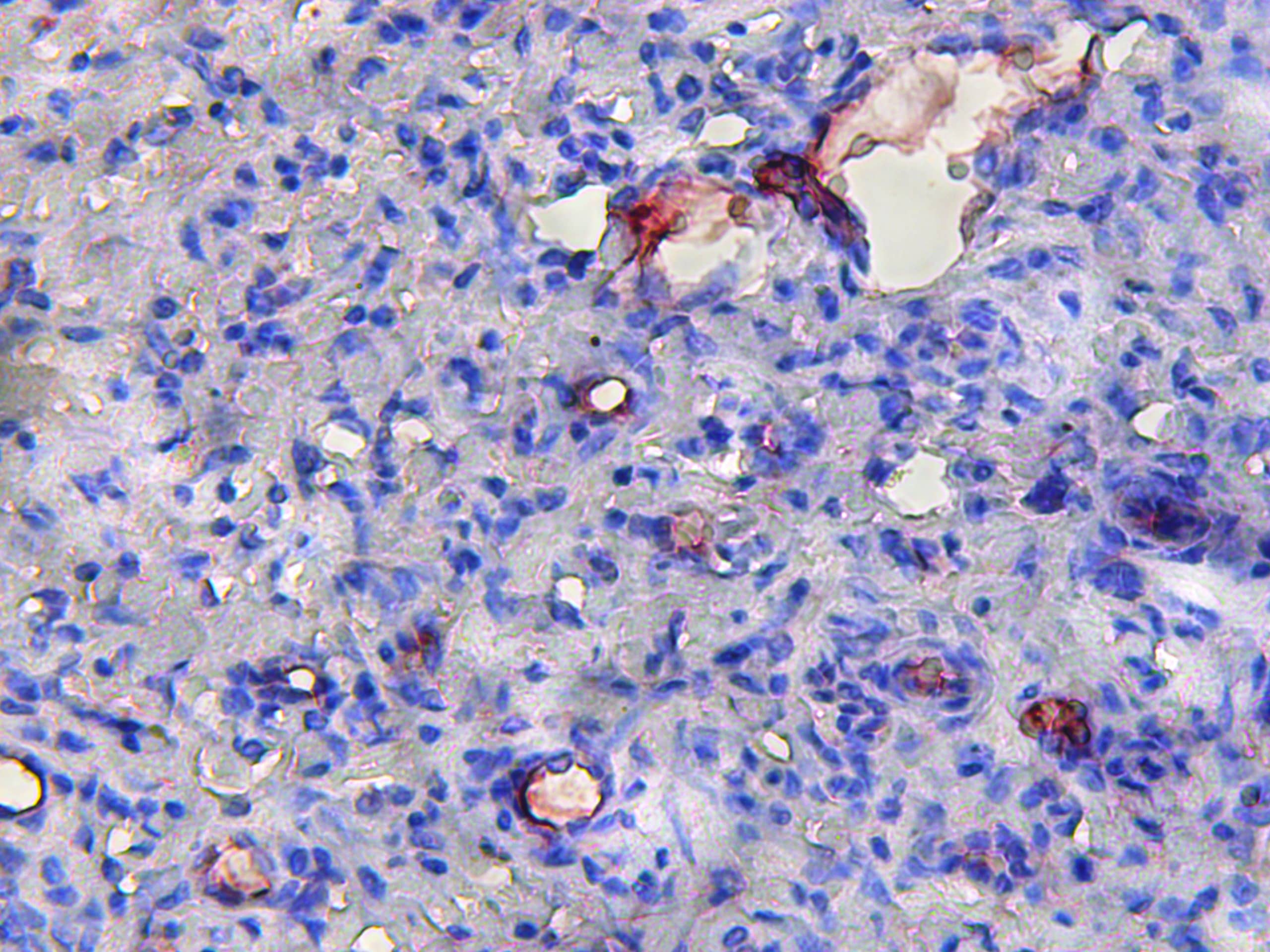| Reactivity | RtSpecies Glossary |
| Applications | WB, ELISA, Flow, ICC/IF, IHC |
| Clone | TLD-3A12 |
| Clonality | Monoclonal |
| Host | Mouse |
| Conjugate | Unconjugated |
| Concentration | 1.0 mg/ml |
| Immunogen | Activated, Lewis rat derived microglial cells |
| Localization | Membrane; single pass type I membrane protein. |
| Isotype | IgG1 |
| Clonality | Monoclonal |
| Host | Mouse |
| Gene | PECAM1 |
| Purity | Protein A purified |
| Innovator's Reward | Test in a species/application not listed above to receive a full credit towards a future purchase. |
| Dilutions |
|
|
| Theoretical MW | 82.5 kDa. Disclaimer note: The observed molecular weight of the protein may vary from the listed predicted molecular weight due to post translational modifications, post translation cleavages, relative charges, and other experimental factors. |
|
| Reviewed Applications |
|
|
| Publications |
|
| Storage | Store at 4C short term. Aliquot and store at -20C long term. Avoid freeze-thaw cycles. |
| Buffer | PBS |
| Preservative | 0.09% Sodium Azide |
| Concentration | 1.0 mg/ml |
| Purity | Protein A purified |
| Images | Ratings | Applications | Species | Date | Details | ||||
|---|---|---|---|---|---|---|---|---|---|

Enlarge |
reviewed by:
Vinay Kant |
ICC | Rat | 05/29/2015 |
Summary
|
Secondary Antibodies |
Isotype Controls |
Research Areas for CD31/PECAM-1 Antibody (NB100-64796)Find related products by research area.
|
|
Read full blog post. |
|
The application of CD31/Pecam-1 (MEC 7.46) in breast cancer research CD31/PECAM-1, or platelet endothelial cell adhesion molecule 1, is a 130-kDa glycoprotein expressed on vascular and hematopoietic cells. Depending on the cell type, CD31/PECAM-1 expression can be largely localized to cell junctions, playing a rol... Read full blog post. |
The concentration calculator allows you to quickly calculate the volume, mass or concentration of your vial. Simply enter your mass, volume, or concentration values for your reagent and the calculator will determine the rest.